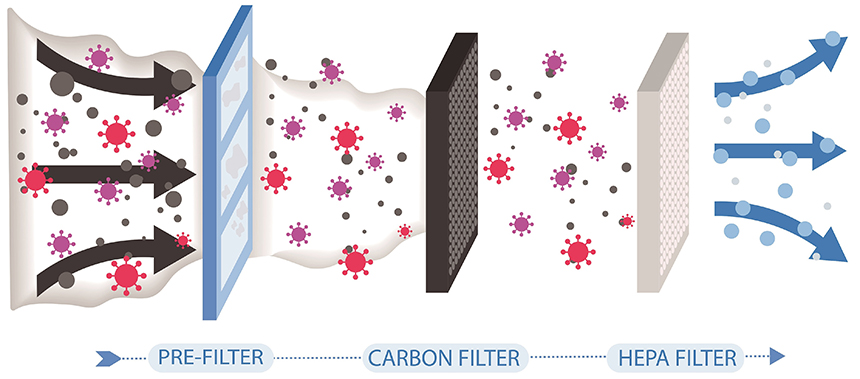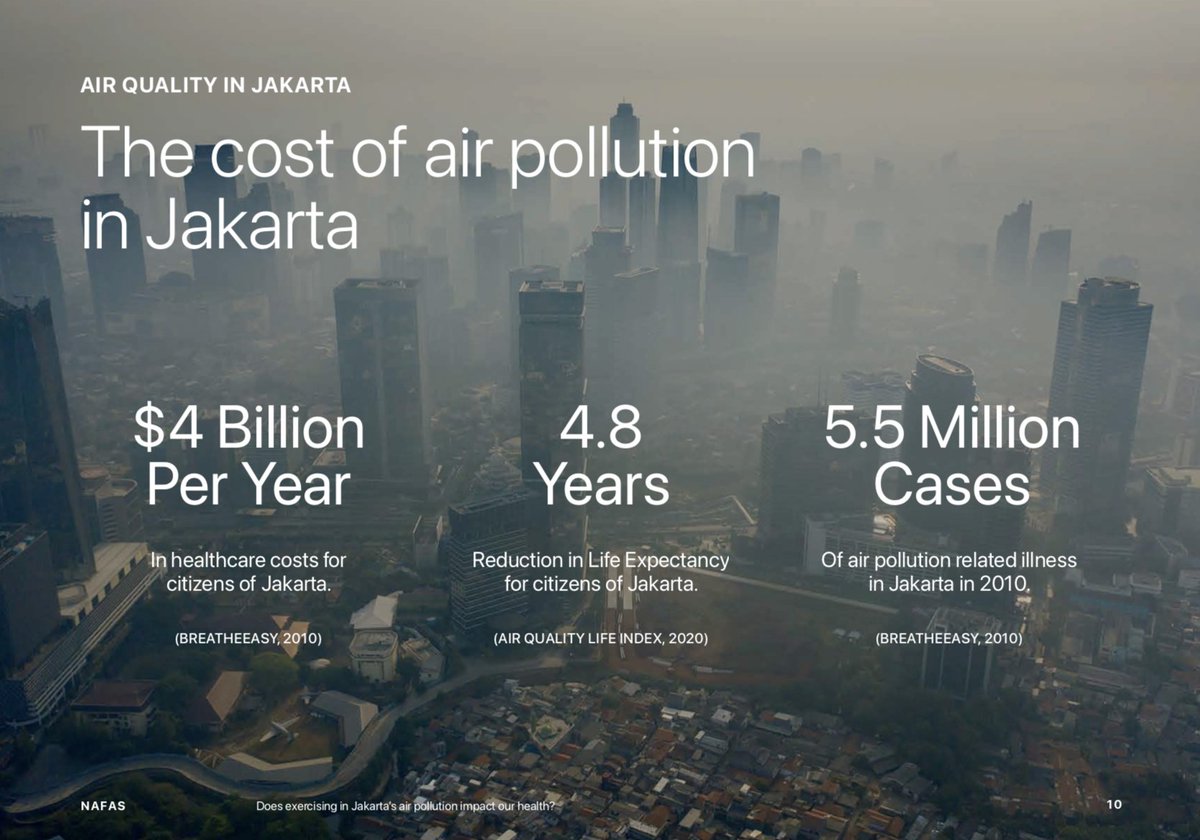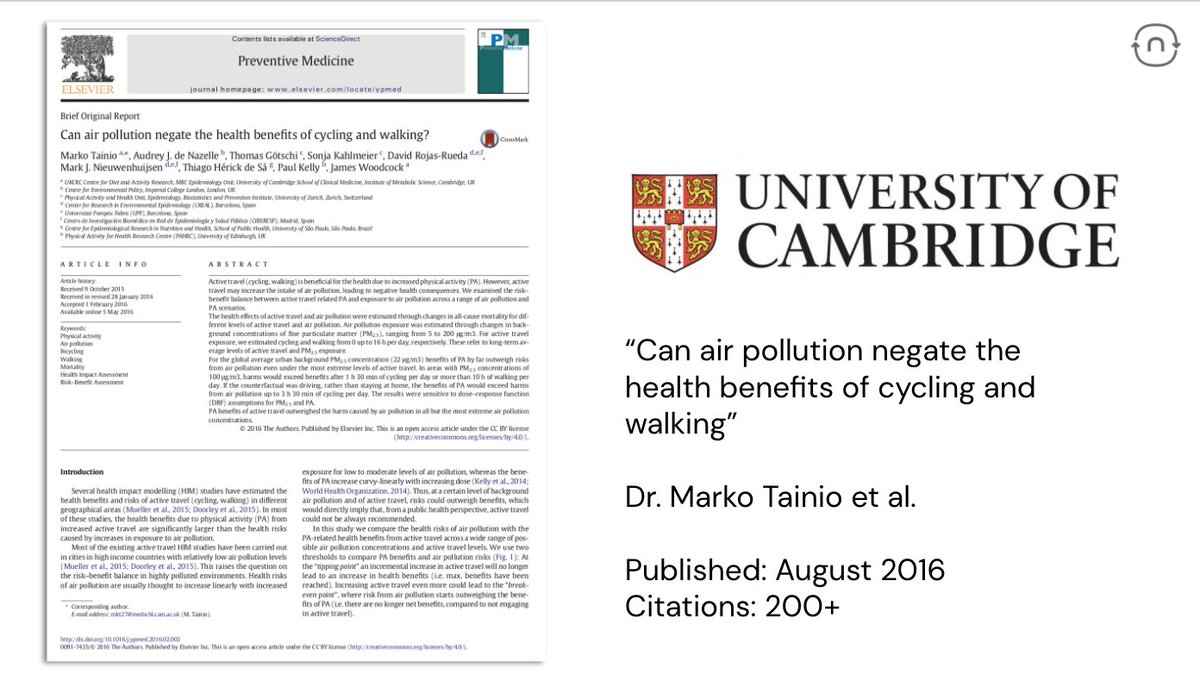
My room size is 30m2. What HEPA purifier should I get?
My room size is 50m2. What HEPA purifier should I get?
Been asking this same question and don't know where to start?
Learn how to choose a purifier that's right for your home.
(and a surprise at the end)
READ ON
👇👇
My room size is 50m2. What HEPA purifier should I get?
Been asking this same question and don't know where to start?
Learn how to choose a purifier that's right for your home.
(and a surprise at the end)
READ ON
👇👇
Note that this thread is ONLY for the selection of purifiers with HEPA technology and nothing additional (❌ionisation, ❌plasma, ❌UV etc).
A recent report from @TheLancet did not recommend purifiers with extras. If you'd like, you can read it here: bit.ly/lancetCOVID19
A recent report from @TheLancet did not recommend purifiers with extras. If you'd like, you can read it here: bit.ly/lancetCOVID19
The two most common metrics for selecting an air purifier are:
1. Room Coverage 🏠
Recommended room size from manufacturer
2. Clean Air Delivery Rate 💨
The volume of air that a purifier can clean per hour, measured in m3/h (cubic meters per hour)
1. Room Coverage 🏠
Recommended room size from manufacturer
2. Clean Air Delivery Rate 💨
The volume of air that a purifier can clean per hour, measured in m3/h (cubic meters per hour)
But before we go into this, its important to do a quick review of how HEPA purifiers work.
1. A large fan sucks "dirty" air in to the purifier
2. The HEPA filter captures particles (including viruses)
3. The "clean" air gets released back into the room
1. A large fan sucks "dirty" air in to the purifier
2. The HEPA filter captures particles (including viruses)
3. The "clean" air gets released back into the room

This process is called an "air change".🔄
The "dirty" air in your indoor space
gets exchanged with
"clean" air that the HEPA purifier has created through its filtration process.
The "dirty" air in your indoor space
gets exchanged with
"clean" air that the HEPA purifier has created through its filtration process.
Research has recommended that you need 4-6 air changes per hour in order for your indoor space to be properly cleaned.
Because rooms have different sizes and volumes, it is SUPER IMPORTANT to do some basic calculations to make sure you have the right device.
It's easy!
Because rooms have different sizes and volumes, it is SUPER IMPORTANT to do some basic calculations to make sure you have the right device.
It's easy!

Calculation
- Length x Width x Height of the room for ex. 5x5x3 = 75 m3
This means your room volume is 75m3.
To get 4-6 air exchanges per hour, you would need a CADR of between 300 and 450 m3/h.
When looking for a purifier, try to find one within this range.
- Length x Width x Height of the room for ex. 5x5x3 = 75 m3
This means your room volume is 75m3.
To get 4-6 air exchanges per hour, you would need a CADR of between 300 and 450 m3/h.
When looking for a purifier, try to find one within this range.
"But it says 30m2 room size!"
The problem with the room coverage metric is that ceiling sizes in Indonesia are not standardized.
Some spaces have a ceiling of 3 meters, some spaces have a ceiling of 5 meters.
5x5x3 = 75m2
5x5x5 = 125m2
That's almost double the volume!
The problem with the room coverage metric is that ceiling sizes in Indonesia are not standardized.
Some spaces have a ceiling of 3 meters, some spaces have a ceiling of 5 meters.
5x5x3 = 75m2
5x5x5 = 125m2
That's almost double the volume!
Purifiers in the market in Indonesia are marketed at many different room sizes, but the most common ones are:
~20m2
~40m2
~60m2
~80m2
So how to choose one that works best for you?
~20m2
~40m2
~60m2
~80m2
So how to choose one that works best for you?
The first thing to do is to see what CADR each device has.
If the brand does not have their CADR published, ask for it.
ALL HEPA Purifiers have a CADR rate.
I repeat.
ALL HEPA purifiers have a CADR rate.
If they decline to give you a CADR, don't buy from them.
If the brand does not have their CADR published, ask for it.
ALL HEPA Purifiers have a CADR rate.
I repeat.
ALL HEPA purifiers have a CADR rate.
If they decline to give you a CADR, don't buy from them.
Next, consider the following…
1. What are the room sizes that you will be operating your purifiers in 🏠
2. What is your tolerance for noise 🔊
1. What are the room sizes that you will be operating your purifiers in 🏠
2. What is your tolerance for noise 🔊
1. Room Sizes
Each room should have 1 purifier - but if that's not possible:
Calculate the TOTAL VOLUME of your home to see what CADR is needed for 4-6 air changes.
If have a living room and bedroom, and the CADR is enough for 4-6 changes, just 1 purifier might be enough.
Each room should have 1 purifier - but if that's not possible:
Calculate the TOTAL VOLUME of your home to see what CADR is needed for 4-6 air changes.
If have a living room and bedroom, and the CADR is enough for 4-6 changes, just 1 purifier might be enough.
For example:
Total home = 40m2
Bedroom = 4x4x3 = 48m3
Living room = 4x6x3 = 72m3
Total volume = 120m3
CADR to achieve 4-6 air changes = 480 - 720 m3/h
If you get 1 purifier, it should have CADR in this range, but it will likely have room coverage higher than 40m2.
Total home = 40m2
Bedroom = 4x4x3 = 48m3
Living room = 4x6x3 = 72m3
Total volume = 120m3
CADR to achieve 4-6 air changes = 480 - 720 m3/h
If you get 1 purifier, it should have CADR in this range, but it will likely have room coverage higher than 40m2.
2. What is your tolerance for noise?
All HEPA purifiers have fans in them.
The bigger the room coverage/CADR the bigger the fan.
The bigger the fan, the bigger the noise.
If you get 1 big air purifier, chances are it will be noisy at the highest settings
All HEPA purifiers have fans in them.
The bigger the room coverage/CADR the bigger the fan.
The bigger the fan, the bigger the noise.
If you get 1 big air purifier, chances are it will be noisy at the highest settings
If you have a large room or large homes, getting multiple smaller purifiers can be beneficial as well.
- As long as the CADR is sufficient, the cleaning will get done
- Having 2 purifiers on opposite sides of the room can help clean in 2 separate areas at the same time
- As long as the CADR is sufficient, the cleaning will get done
- Having 2 purifiers on opposite sides of the room can help clean in 2 separate areas at the same time
So remember:
1. Experts say HEPA only (no plasma/ion/UV)
2. CADR is more imp. than room size
3. Calculate your CADR range (L x W x H x 4-6)
4. Always ask for CADR before you buy
5. Consider the noise - 2 purifiers are quieter than 1
6. Get the HEPA purifier that's right for you
1. Experts say HEPA only (no plasma/ion/UV)
2. CADR is more imp. than room size
3. Calculate your CADR range (L x W x H x 4-6)
4. Always ask for CADR before you buy
5. Consider the noise - 2 purifiers are quieter than 1
6. Get the HEPA purifier that's right for you
Thank you for reading, and I hope this information can help you choose the right purifier for your home.
If you do have a purifier, just double check on these things to make sure that you're properly covered and that it is the right CADR to keep your indoor air healthy.
If you do have a purifier, just double check on these things to make sure that you're properly covered and that it is the right CADR to keep your indoor air healthy.
If you don't have a purifier yet, the aria Pure40 is a great option. We built it based on everything we wished our previous purifiers had.
It has:
Room Coverage - 40m2
CADR - 350m3/h
HEPA Filter
App-based data & controls (connects with @nafasjkt)
It has:
Room Coverage - 40m2
CADR - 350m3/h
HEPA Filter
App-based data & controls (connects with @nafasjkt)
A feature that ONLY the aria Pure40 has, is full visibility of indoor and outdoor air quality.
Through the integration with @nafasjkt, outdoor air quality data is accessible directly in the app, so you can compare your indoor and outdoor air quality whenever you want.



Through the integration with @nafasjkt, outdoor air quality data is accessible directly in the app, so you can compare your indoor and outdoor air quality whenever you want.




We're running a promotion right now on Tokopedia, only until July 7.
For 20% off, use the code
ARIASTAYSAFE20
bit.ly/ariatokpedVRI
For 20% off, use the code
ARIASTAYSAFE20
bit.ly/ariatokpedVRI
If you found this thread valuable, dont forget to hit that RT button.
👇🏻👇🏻👇🏻
👇🏻👇🏻👇🏻
https://twitter.com/piotrj/status/1412036551932997635?s=19
• • •
Missing some Tweet in this thread? You can try to
force a refresh





